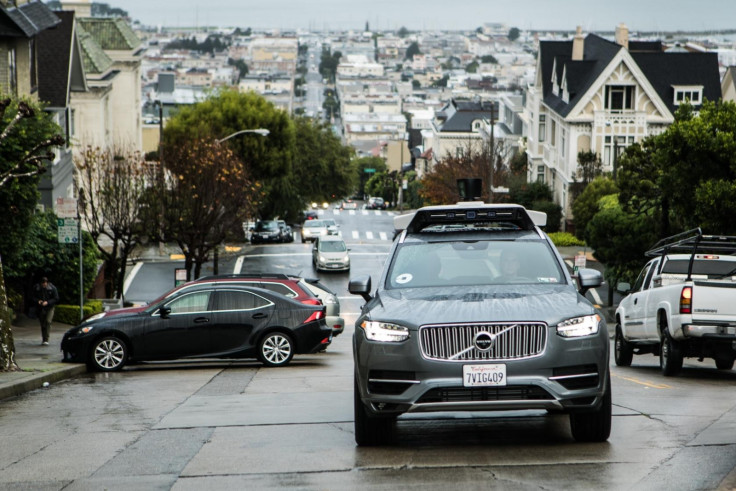Leaked documents reveal how often self-driving Ubers need human intervention
Leaked internal documents reveal the long and winding road to reliable autonomy.

Uber's fleet of self-driving cars are covering over 20,000 miles per week, but they require human intervention during every mile.
The autonomous cars are operating in Pennsylvania and Arizona, and briefly in California before being kicked out for not having a valid permit.
Uber is tracking the cars' performance and ability to learn with several metrics. One counts how many miles are covered before the human driver makes an "intervention", one tracks the miles before the driver takes over to avoid a "critical" situation, which could cause harm or damage, and one logs the miles between each "bad experience", like harsh braking or other aspects deemed uncomfortable but not dangerous.
According to documents leaked to Recode, in January 2017 Uber's fleet of autonomous cars could drive for an average of 0.9 miles before the driver had to make an intervention. By February the cars had improved and could travel a full mile before needing help, but it soon dropped again to 0.71 miles and as of mid-March was at 0.8.
Drivers were forced to take over for all sorts of reasons, such as to navigate unclear lane markings, or during bad weather. Accidental disengagements of the autonomous system and disengagements at the end of the journey are not included in the data.
At the start of 2017 the cars were driving themselves for around 5,000 miles per week. As the fleet expected from 20 to 43 active vehicles this increased to 18,000 per week by early February and reached 22,000 by the start of March.
Waymo has driven way more
For comparison Google's self-driving car company, Waymo, had a fleet of 60 vehicles by October 2016 and had covered over two million autonomous miles in seven years, with the second million covered in a little over 12 months. At a rate of 20,000 miles per week, Uber is on course to cover just over one million miles in 2017, but without the years of research already under Google's belt.
When it comes to avoiding critical situations, the cars perform better but still need human assistance on a regular basis. These are situations where the car would cause harm or damage to property amounting to more than $5,000 (£4,000) if the driver did not intervene.
The cars are improving, but in a wildly irregular and erratic way. At the start of February, the documents state, an autonomous Uber could drive itself for 125 miles without the driver making a critical intervention; a week later this dropped to just 50 miles, before returning to 160 just a few days later. By the next week it had fallen again, to 115 miles, and by the week of 8 March it had jumped up to 196.
"Bad experiences" like harsh braking and an uncomfortable driving style which passengers would likely complain about, occurred on average every 4.5 miles in mid-January, before dropping to two miles the following month.
Some routes cannot yet be driven with Uber customers on board. Scottsdale Road in Arizona is one of those routes, which Uber staff describe as "not great"; cars can cover an average of just 0.67 miles before needing assistance and two miles before each more serious intervention.
© Copyright IBTimes 2025. All rights reserved.






















